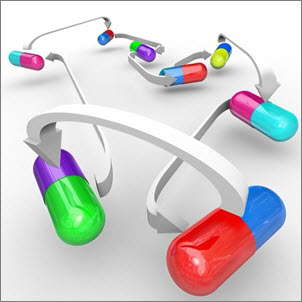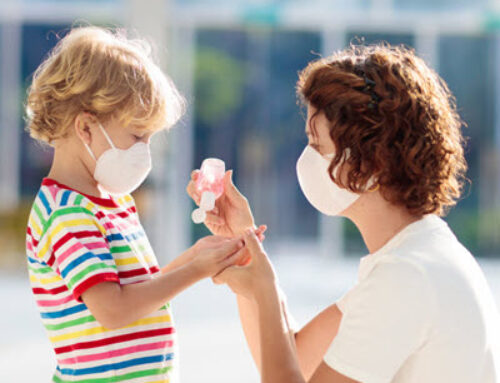If you’re seeing patients taking psychotropic medications, or if you’re taking psychotropics yourself, it’s worth having a working knowledge of what happens when drugs enter the system and what their effects are on other drugs and even foodstuffs that are also consumed.
 Interactions occur when the actions of one drug (the precipitant drug) affects the activity of another (the object drug) when both are administered together. Actions can be synergistic (when the object drug’s activity is increased) or antagonistic (when the object drug’s activity is decreased). Typically, interactions between drugs are what we think of initially, however interactions also exist between drugs and certain food groups. For example, those taking monoamine oxidase inhibitor antidepressants should avoid consuming food groups high in the amino acid tyramine as a potentially dangerous hypertensive crisis may emerge. Interactions happen because of misinformation, misuse or often in instances where little or no guidance is provided at all.
Interactions occur when the actions of one drug (the precipitant drug) affects the activity of another (the object drug) when both are administered together. Actions can be synergistic (when the object drug’s activity is increased) or antagonistic (when the object drug’s activity is decreased). Typically, interactions between drugs are what we think of initially, however interactions also exist between drugs and certain food groups. For example, those taking monoamine oxidase inhibitor antidepressants should avoid consuming food groups high in the amino acid tyramine as a potentially dangerous hypertensive crisis may emerge. Interactions happen because of misinformation, misuse or often in instances where little or no guidance is provided at all.
Interactions among drugs, foods or medicinal plants and herbs run the gamut from benign to moderate to serious to potentially fatal. Fortunately very few are lethal and many drug-drug interactions can be managed via dosage titration upward or downward. The major risk factors are toxicity when drug actions are synergistic and a lack of therapeutic efficacy when actions are antagonistic. And of course, there’s the ever-present risk of worsening side effects when drugs are combined.
Psychotropic Medication Drug Interactions Worth Noting
- Antidepressants, antipsychotics and some of the older anticonvulsants are linked to significant drug interactions, so be on alert if your patient is taking any of these drug classes
- Be on alert for the drugs with narrow therapeutic indexes, namely when the toxic dose and the therapeutic dose are in close proximity to one another. Examples include: lithium, Tegretol (carbamazepine), as well as medications often used in physical medicine such as the blood thinner warfarin, the cardioactive drug digoxin and the anticonvulsant Dilantin (phenytoin)
- Be aware that the risk of drug interactions increases as the number of medications the patient is taking increases. This can be of significant importance in elderly and pediatric populations




